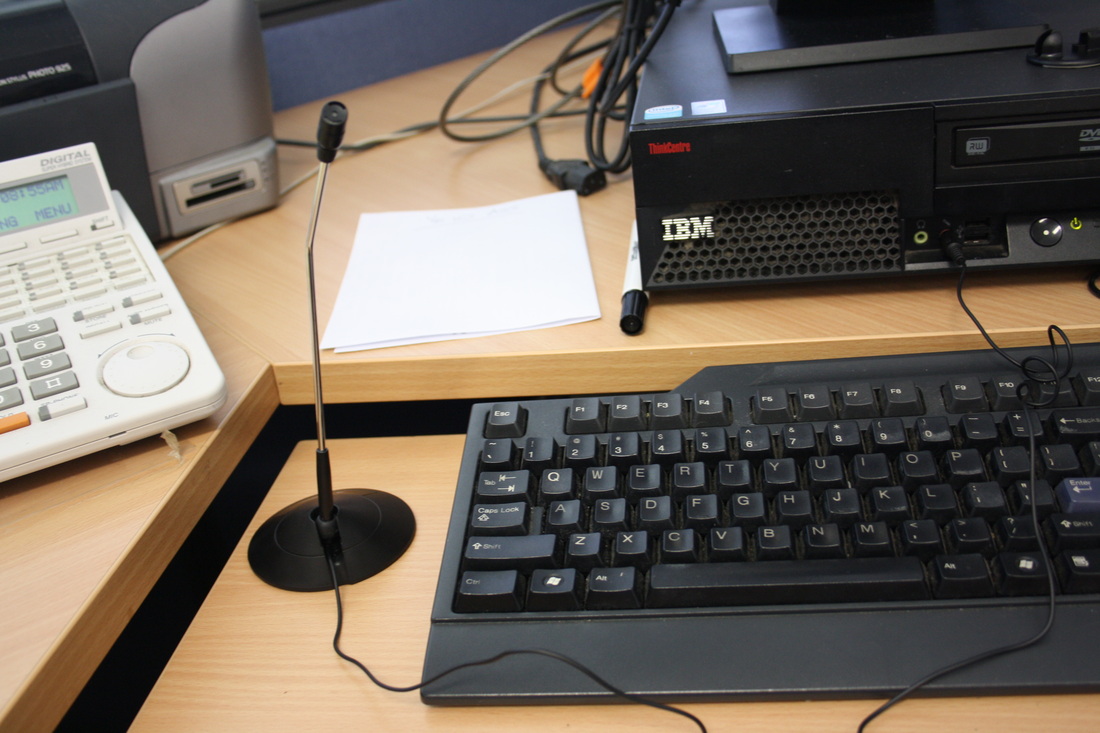Please see our useful links section for links to websites where your students can participate in online activties incorporating digital literacy.
ArchivesCategories
Links to ACARA English Curriculum
May 2009 5.8.1 Language Strand: Students develop an increasingly sophisticated understanding about grammar and language features and are increasingly able to articulate these understandings. More complex punctuation, clause and sentence structures, and textual purposes and patterns are introduced. This deeper understanding includes more explicit metalanguage as students learn to classify words, sentence structures, and texts. To consolidate both ‘learning to read’ and ‘reading to learn’, students explore the language features of different types of texts, including visual texts, advertising, digital/online and media texts. 5.8.2 Literature Strand: Students encounter denser and more finely structured literary texts and have more extensive discussions about them. They develop ways to explore aesthetic and ethical aspects of literary texts. Students are given opportunities to develop an informed appreciation of how stories and characters are developed in order to achieve particular purposes such as to generate pleasure and engagement. They explore different forms of literary texts such as narrative, poetry, prose, plays and film in more depth. They use these understandings to inform the development of their own texts. 5.8.3 Literacy Strand: Students explore the narrative, expository and persuasive potential of written and spoken language for different purposes. They learn to produce texts for a greater range of audiences and analyse the differences between types of texts, purpose and audience. Students are also given opportunities to represent their ideas through the production of spoken, written and multimodal texts. In these years students produce texts individually and in groups. The purposes and content of discussions and negotiations around joint productions of text are important . 5.9.1 Language Strand: Students extend their understandings of how language works and learn to transfer understandings of language to different contexts. To achieve this, students develop understandings of the requirements of different types of texts. Building on earlier learning, students continue to represent both personal and increasingly abstract ideas in a variety of ways. 5.9.2 Literature Strand: Students are introduced to increasingly sophisticated analysis of the differences between various kinds of literary texts, popular-culture texts, and everyday texts. They continue to apply what they have learnt about literature when creating their own texts. Students are given opportunities to engage with a variety of texts, including texts of their own choosing, and they explain why they made that choice. The notion of ‘valuing’ of certain texts as ‘literature’ is discussed. Students develop understandings of how such texts can be discussed and analysed in relation to themes, ideas and historical and cultural contexts. This excerpt is taken from the ACARA Website, specifically from the English Curriculum.
It is evident that our website is beneficial to teaching Digital Literacy in the Middle Years. Read the information from ACARA below: 6.4 The role of digital technologies Australians conduct their routine daily activities through a wide and complex range of oral and written language and images. Our sense of belonging to local, institutional, national, and, increasingly, virtual communities, and our ability to contribute meaningfully to those communities, increasingly depends on how well we communicate. Digital and online technologies continue to profoundly transform how members of Australian society work, meet, keep in touch, express themselves, share, build and store knowledge, and access material for pleasure and learning. Clearly, digital and online materials present the English curriculum with new teaching opportunities. Enhancing the access of all teachers and students to these resources is critical. ________________________
Are blogs effective in the classroom? According to Richardson (2006) yes they are. He believes they: - Promote critical and analytical thinking - Be a powerful promoter of creative, intuitive, and associational thinking - Promote analogical thinking - Be a powerful medium for increasing access and exposure to quality information His work discusses how blogs - extend the walls of the classroom. - they are an automatic archive of the work teachers and students do. Richardson, Will. (2006). Chapter 2 : Weblogs : Pedagogy and Practice in Richardson, Will, Blogs, wikis, podcasts, and other powerful web tools for classrooms, Thousand Oaks: Corwin Press, pp.17-44. ______________________ Jacob Chanowski It is important that students bring a certain ragamuffin, barefoot, irreverence to their studies; they are not here to worship what is known, but to question it. http://quotations.about.com/cs/inspirationquotes/a/Knowledge1.htm ©2012 About.com. All rights reserved. A part of The New York Times Company. |



 RSS Feed
RSS Feed